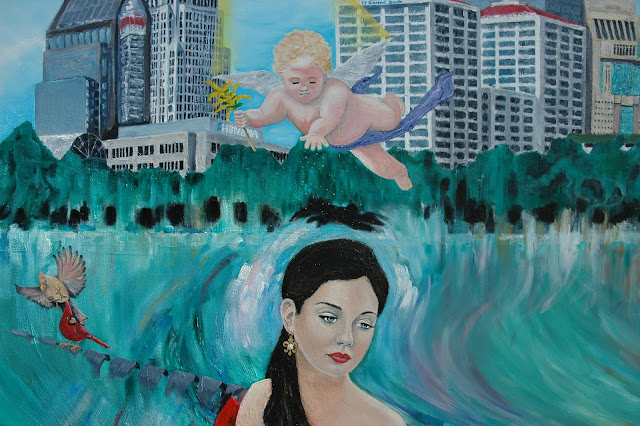Welcome to the LOUISA VILLEA...
...a simple and informative study
in the
Elements and Principles
of
Art.
(Based on the 2008 oil painting
by American artist and teacher
Rich Thompson)
http://www.richthompson-art.com/
(Based on the 2008 oil painting
by American artist and teacher
Rich Thompson)
http://www.richthompson-art.com/
This study uses
Louisville, Kentucky, USA's
premier painting,
the Louisa Villea
to show
how each
art element and principle
is used,
and to show how all
the elements and principles
work together to produce
a painting.
For more information
connected to this painting visit:



















